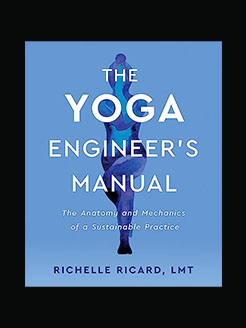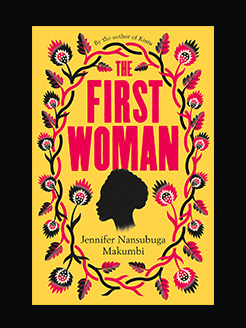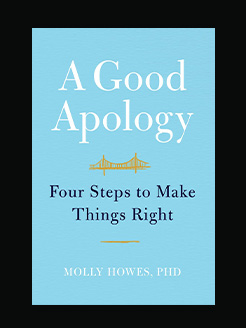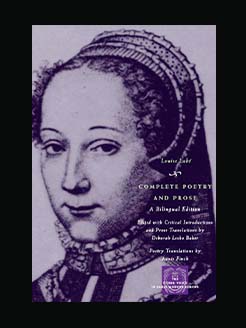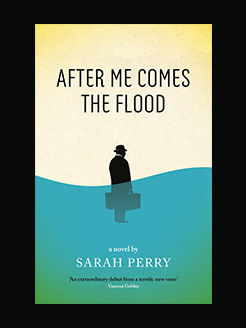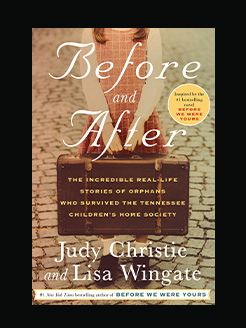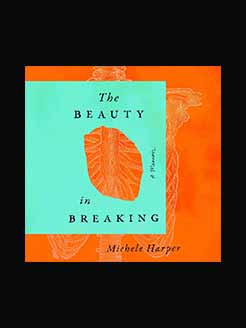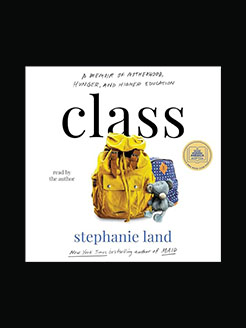Published in 2019
272 pages
Samantha Holland is Senior Research Fellow at Leeds Beckett University, UK. Her publications include Pole Dancing, Empowerment & Embodiment and Modern Vintage Homes & Leisure Lives: Ghosts & Glamour. She is currently writing a book on Wonder Woman.
Robert Shail is Professor of Film and Director of Research in the School of Film, Music and Performing Arts at Leeds Beckett University, UK. He is widely published on postwar British cinema, masculinity in film, and more recently on children’s media. He has been awarded a Leverhulme Fellowship for his study of the Children’s Film Foundation.
Steven Gerrard is Reader of Film at Northern Film School, Leeds Beckett University, UK. He has written two monographs: one celebrating all things naughty but nice in the Carry On films and another investigating the Modern British Horror Film.
What is this book about?
The horror genre will always remain current because it reflects our anxieties, shining a light onto our worst fears whilst creating worlds defined by darkness. Horror as a genre has always engaged with era-specific societal mores and moral panics, often about isolation or abandonment, changing family values and the role of women. It is often specifically about how gender is constructed in everyday life. Women are commonly defined in horror by their passivity, or monstrosity/sexuality or victimhood – or a mix of the three. At the same time women in horror are forced into psychological and physical torture ending in violent showdowns in which they emerge damaged but triumphant.
Bringing together research from a wide range of established and emerging scholars this edited collection provides an insight into how modern horror films portray femininities, sexualities, masculinities, ageing, and other current issues, exploring the use of vampires, zombies, werewolves and ghosts in films made internationally. This volume, one of three by the same editorial team examining the horror genre, focuses on gender and contemporary horror in film, asking questions about how and if representations of gender in horror have changed. In these readings and re-readings, the authors examine developments in films about vampires, zombies, werewolves and ghosts, in films made internationally.
